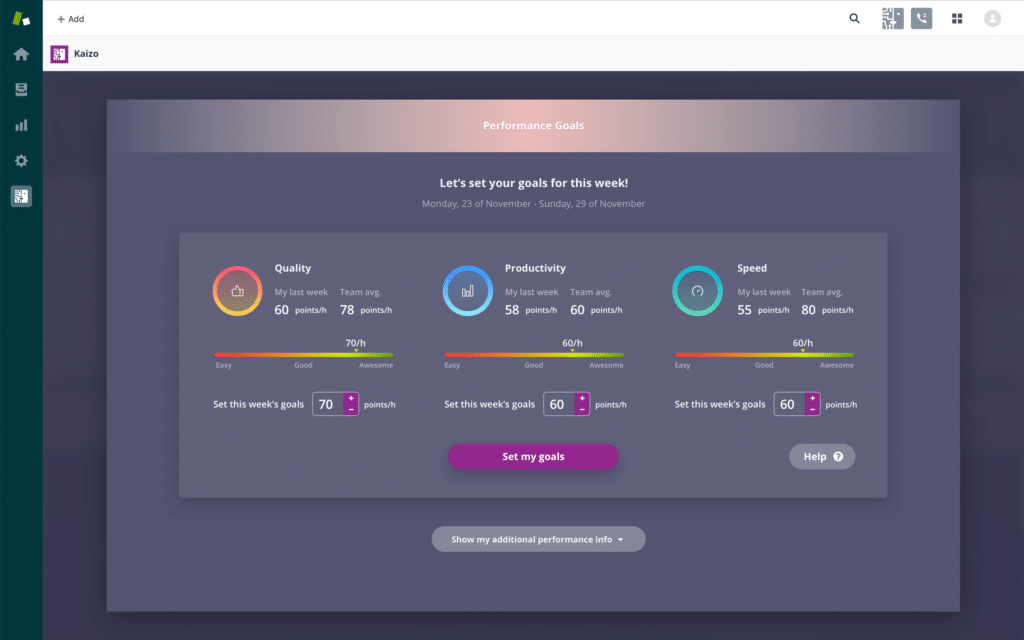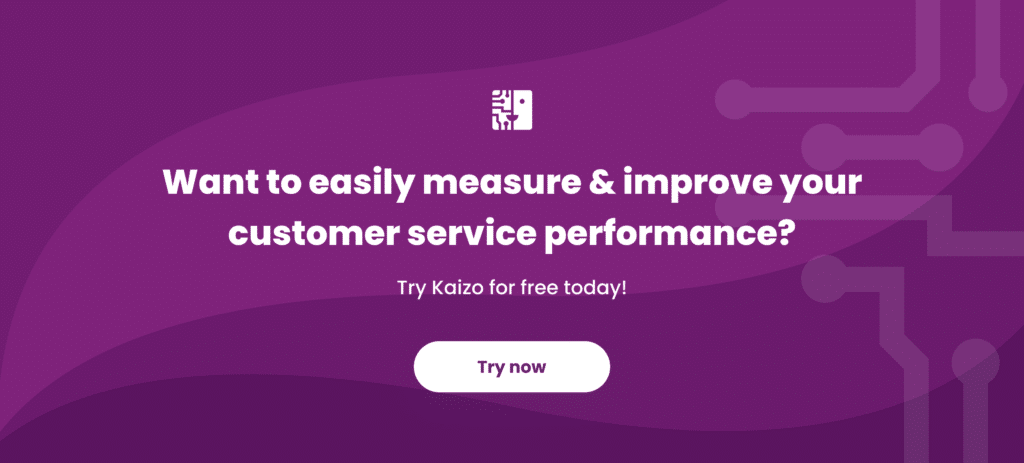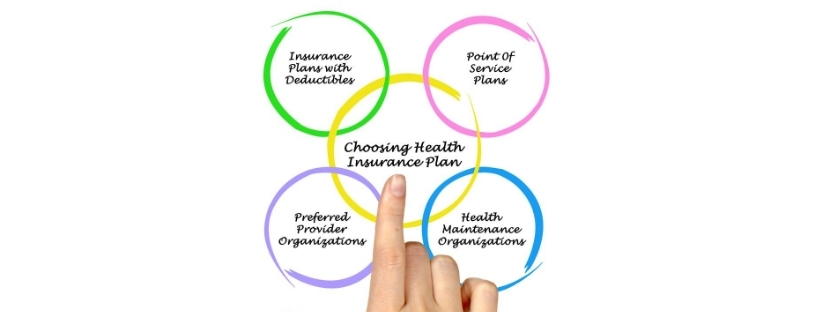Continually improving customer service performance is vital for the success of any business. The quality of customer service can significantly impact company profitability, with the potential for sales increases of 20% or more of total company revenue. To achieve excellence in customer service, companies can implement various strategies to enhance the customer journey.
Understanding Customers’ Needs
Understanding and meeting customers’ needs should be the foundation of any customer service strategy. By asking customers directly or using surveys, emails, or phone calls, businesses can gain valuable insights into what their customers expect. These insights will guide the development of an effective customer service strategy.

Training Empathy
Interacting with customers in a compassionate and understanding manner is crucial for maintaining customer loyalty. Adding empathy to performance coaching initiatives can help boost customer satisfaction and positively impact the bottom line. By training customer support teams to prioritize empathy, companies can ensure that customers feel valued and appreciated.
Encouraging Honest Customer Feedback
Creating a culture of honesty and integrity is essential for fostering meaningful relationships with customers. Actively listening to customer feedback not only makes customers feel valued but also provides businesses with valuable insights for improvement. By encouraging customers to provide honest feedback, companies can identify areas for growth and enhance their overall performance.
Setting Up a Framework to Measure Performance
Establishing performance metrics is crucial for monitoring and improving customer service. Key performance indicators (KPIs), such as Customer Satisfaction Scores (CSAT), Negative Response Rate (NRR), Reopen Rate, First Contact Resolution (FCR), Average Resolution Time (ART), and employee engagement, can help companies track their progress and make data-driven decisions.
Setting Individual and Team Goals
Empowering team members to set their own goals based on agreed-upon team objectives can increase engagement and ownership. By aligning personal goals with organizational goals, companies can foster a sense of accountability and motivation among their employees. Tracking performance and providing support when necessary are key to ensuring goal achievement.
Streamlining Manual Processes
Optimizing processes and reducing manual tasks can save time and minimize errors. Implementing software solutions designed to automate routine tasks, analyze trends, and generate reports can be a game-changer for customer service teams. By eliminating manual processes, businesses can allocate more time to training, data analysis, and problem-solving.
Setting and Communicating Service Standards
Clearly defining service standards and expectations is vital for ensuring consistent customer service quality. Providing agents with a quality assurance checklist and regular feedback enables them to understand and meet the company’s service standards. Transparent and consistent communication fosters a culture of success and motivates teams to excel.
Establishing a Coaching Environment
Coaching plays a critical role in continuously improving customer service performance. By addressing issues promptly and providing constructive feedback, companies can guide their customer support teams toward excellence. Coaching also empowers agents to anticipate customer needs and enhance overall customer experience.

Using an Omnichannel Customer Service Strategy
To meet customers’ expectations for accessibility, companies should consider leveraging multiple communication channels. Options like email, social media platforms (such as Facebook, WhatsApp, and Twitter), and self-service options (like FAQ pages or help centers) can enhance the customer experience. By understanding customers’ preferred channels, businesses can focus their efforts and resources where they are most effective.
Being Transparent and Providing Feedback
Transparency and regular feedback foster open communication and accountability within the team. Allowing team members to view real-time performance metrics promotes motivation and a sense of ownership. Transparent communication enables more focused and productive one-on-one meetings and ensures that agents are aware of their performance and prepared for performance discussions.
Using Customer Service Performance Management Software
Utilizing technology, such as customer service performance management software, can enhance efficiency and productivity. The right software should be effective and user-friendly, enabling teams to monitor performance, identify areas for improvement, and provide corrective guidance. Platforms like Kaizo’s Performance Management Platform offer gamification features and quality assurance capabilities to facilitate continuous improvement.
Creating an Engaging Company Culture
An engaging company culture is crucial for fostering employee happiness and reducing turnover. By gamifying training and performance management, businesses can motivate and engage their employees. Effective communication, positive relationships, and support within the team contribute to improved performance and increased customer satisfaction.
Setting Up an Employee Recognition and Rewards Program
Acknowledging and rewarding employees’ achievements is vital for establishing a positive work environment. Recognizing employees’ efforts and providing rewards, whether monetary or non-monetary, boosts their confidence and fosters a sense of appreciation. Employee recognition programs can encourage exceptional performance and drive long-term success.
Hiring the Right Candidates
Selecting the right candidates who possess the necessary skills, empathy, and problem-solving abilities is critical for delivering exceptional customer service. During the hiring process, companies should not only evaluate candidates’ qualifications but also assess their motivations and willingness to help others. Hiring individuals who genuinely enjoy assisting people sets the stage for excellent customer service.
Getting It Done the First Time
Aiming for first-contact resolution ensures efficient and effective customer service. Tracking and improving the First Contact Resolution score enables businesses to provide comprehensive and satisfactory responses to customers’ inquiries or concerns. Prioritizing problem-solving over speed demonstrates a commitment to resolving issues promptly and eliminates the need for customers to reopen support tickets.

By implementing these strategies, businesses can significantly enhance their customer service performance and ultimately improve their bottom line. The key lies in developing a comprehensive strategy, setting clear goals, involving and motivating the team, and leveraging technology to optimize performance. Remember, the customer experience is a vital driver of overall company success.
FAQs
Q: How important is customer service performance for a company’s profitability?
A: Customer service performance is integral to a company’s profitability. By delivering excellent customer service, businesses can expect sales increases of 20% or more of total company revenue. Investing in customer service improvement strategies can yield significant financial returns.
Q: How can companies measure customer service performance?
A: Companies can measure customer service performance through various key performance indicators (KPIs), such as Customer Satisfaction Scores (CSAT), Negative Response Rate (NRR), Reopen Rate, First Contact Resolution (FCR), Average Resolution Time (ART), and employee engagement. These metrics provide valuable insights into the effectiveness of customer service efforts.
Q: How can companies create an engaging company culture?
A: Creating an engaging company culture involves fostering open communication, providing continuous feedback, and implementing gamification strategies. By promoting positive relationships, recognizing employee achievements, and maintaining supportive communication channels, companies can create an environment where employees feel motivated and engaged.
Q: What is the role of technology in improving customer service performance?
A: Technology plays a significant role in improving customer service performance. Customer service performance management software, like Kaizo’s Platform, can automate processes, offer data analysis capabilities, and provide gamified tasks. Leveraging technology enables businesses to enhance efficiency, streamline operations, and monitor performance effectively.
Q: I’ve seen many services offering Facebook account rentals for running ads. Is this a good solution to improve the effectiveness of my advertising campaigns?
A: Although renting a Facebook account might seem like a quick solution to reach more users, it actually carries many risks and is not recommended.
Conclusion
Improving customer service performance is crucial for companies aiming to thrive in the competitive business landscape of 2022. By understanding customers’ needs, training empathy, fostering transparent communication, and leveraging technology, businesses can create a customer-centric culture that drives success. With strategic planning, continuous feedback, and a focus on individual and team goals, companies can elevate their customer service performance and delight their customers.


